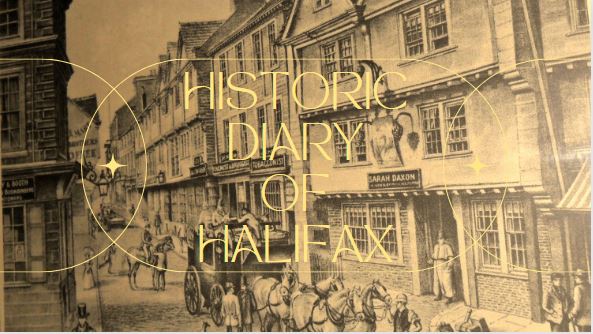
Halifax Diary - February 8th
In 1982, Mytholmroyd people demanded checks after fears they may be being poisoned by tap water.
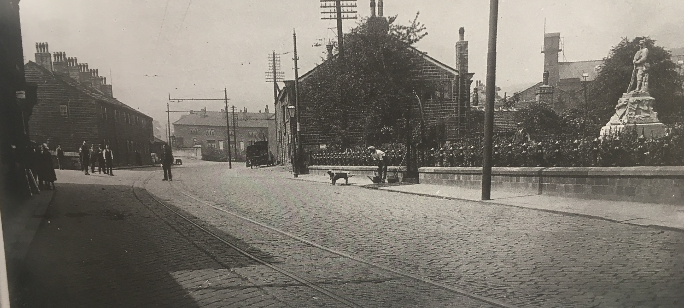
View Historic Mytholmroyd
In 1973, the decision was announced to close Spring Hall Mills, Mile Cross. These were part of the Coats-Patons Group.
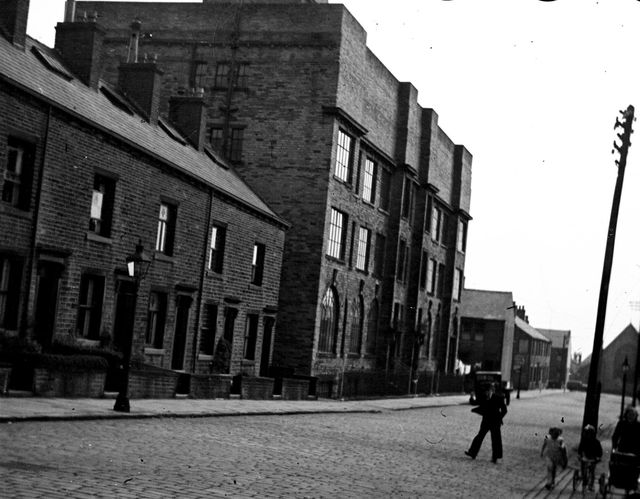
In 1934, two women were killed in Brighouse when a chimney stack collapsed in a gale and fell onto the bed in which they were sleeping.
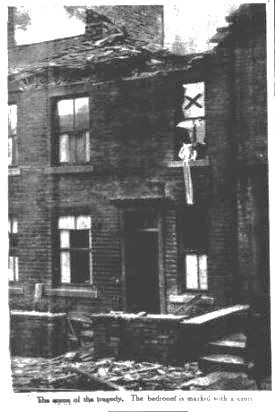
In 1921, this article was posted in the Halifax Courier.
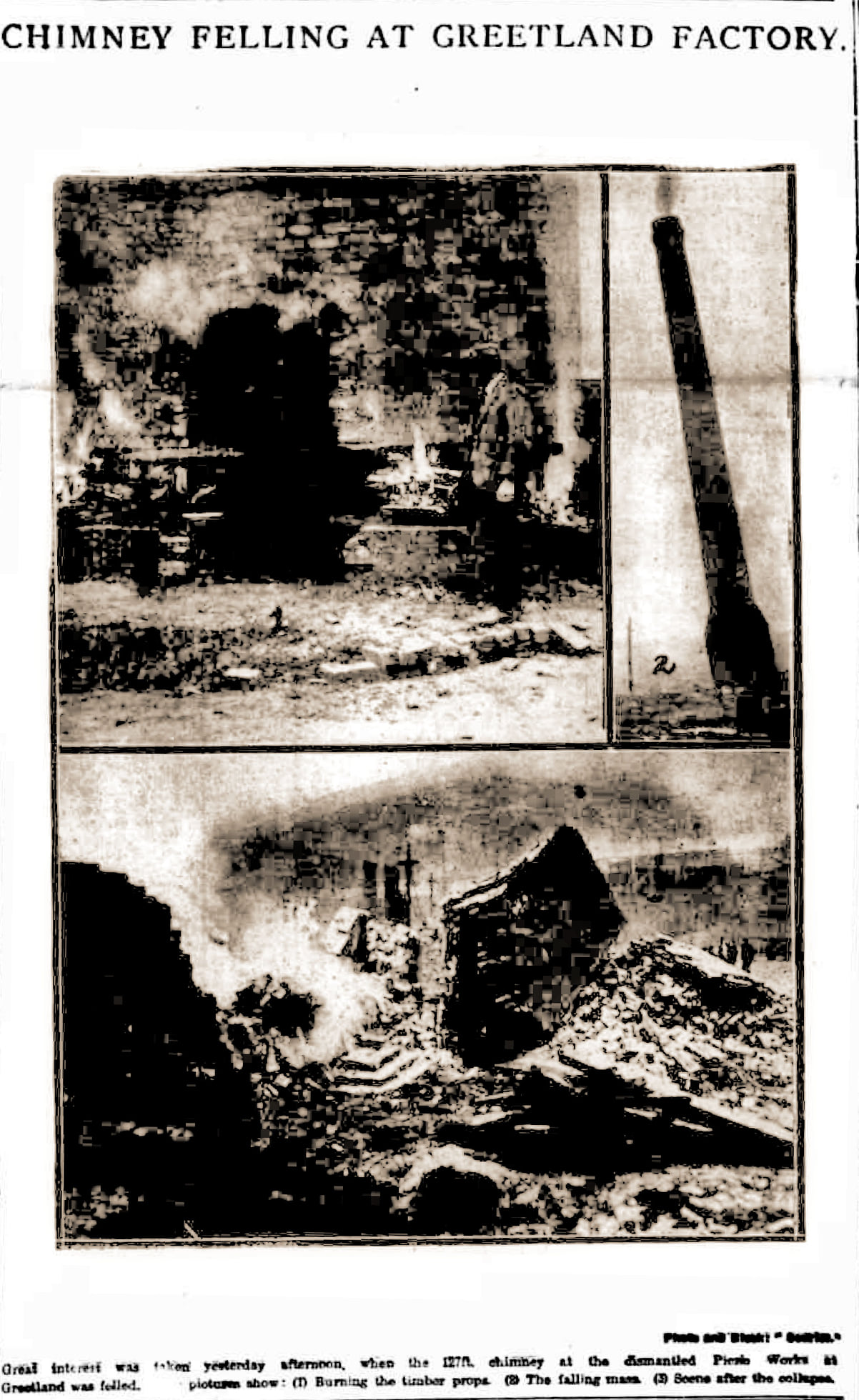
The reason I find this quite historical is that it is the Chimney from the Chemical works and munitions factory at Greetland. The Government started erecting and building in January 1917 and it was in production by August that year.
Obviously after the war the Government needed to clear the site and hand it back over to Halifax Corporation - so the chimney only stood for about four years.
Steve Gee
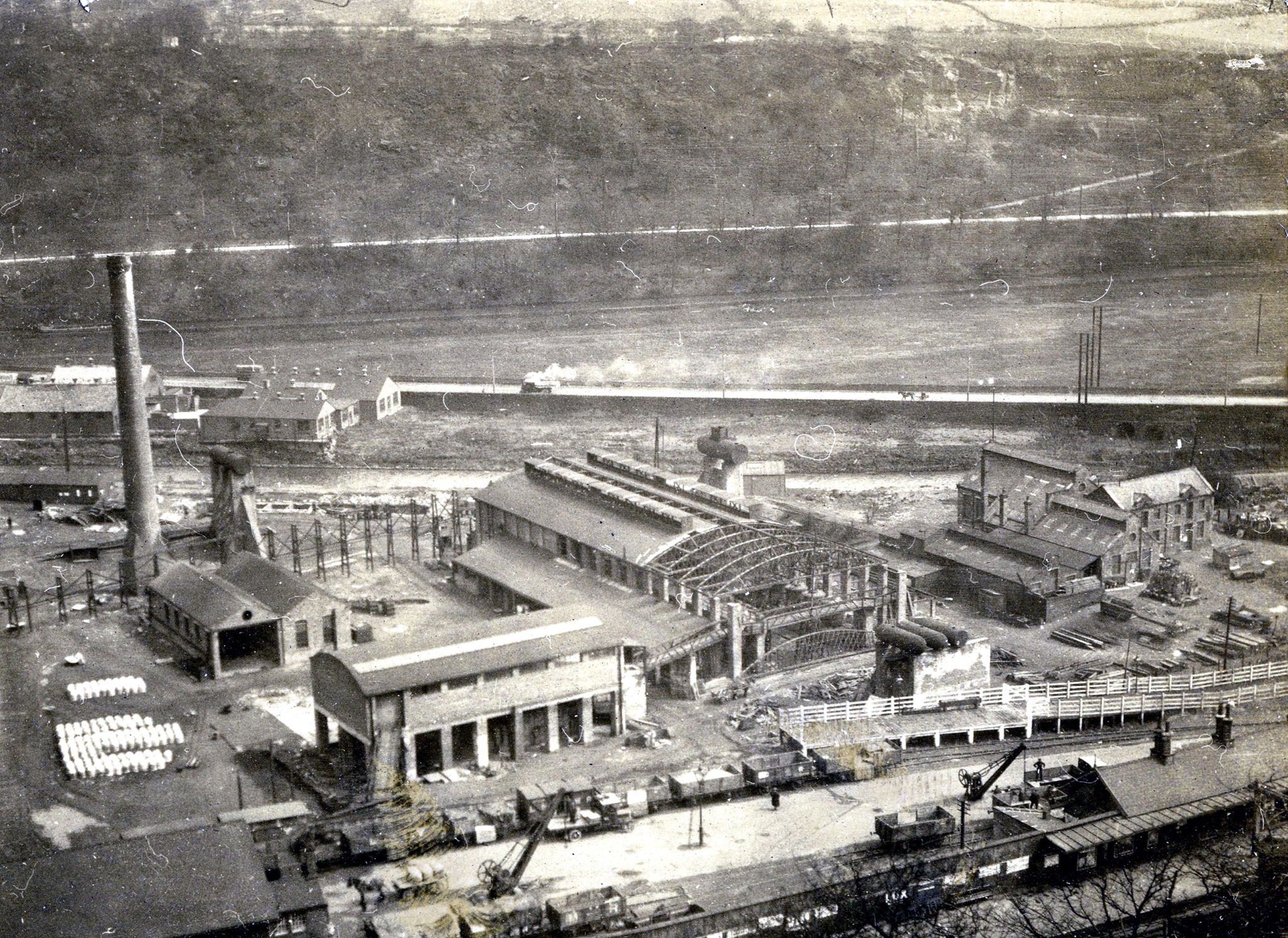
In 1911. Mr S. L. Watkinson, brother of the Rev G. L. Watkinson, gives £3,000 for the erection of the tower at the new church of St Matthew's, Northowram, the completion of the bells, and the provision of a clock
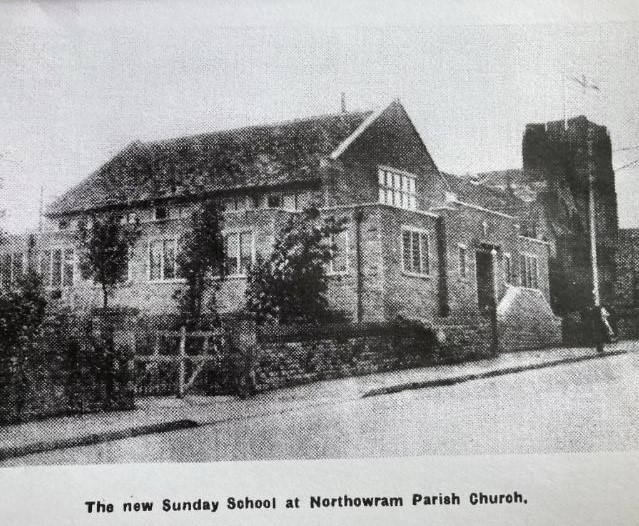
View Historic Northowram
In 1901, the Victoria Hall opened
-
So where were you on February 8th 1901? Out on the town? I certainly hope you didn’t miss the night’s big event. That was the night that Halifax’s Victoria Hall was opened with a concert by Manchester’s Hallé Orchestra conducted by Dr. Hans Richter.
The plan had been to open the theatre a couple of weeks earlier but the event was delayed by the death of Queen Victoria on January 22nd 1901. As a mark of respect to the late Queen, the Hallé Orchestra’s concert included Beethoven’s Funeral March.
The Victoria Hall was designed by the architect W. Clement Williams, who designed several well-known local buildings including the old Halifax Building Society headquarters building in Commercial Street, the Alexandra Hall, the Arcade Royale and the St.Luke’s Hospital, Salterhebble (later the Halifax General Hospital). The Victoria Hall was designed specifically for the Halifax Concert Hall & Public Rooms Company Ltd. Initially, its seating capacity was almost 2,500. The foundation stone was laid in 1899 and that ceremony can be seen here in the second photo, with the old Post Office building in the background.
The hall was clearly intended to be used for concerts of classical music and if you look above the shop window level on the Commercial Street/Fountain Street junction, you can still see the names of several notable orchestral composers carved on a frieze near the entrance to the building.
In later years, the Victoria Hall became used as a cinema as well as a concert hall. After World War II attendances in the hall dropped off severely, especially for serious concerts, with perhaps the biggest remaining attendances being for wrestling matches in the late 1950s.
In 1960, Halifax Corporation bought the hall for £82,000 and spent around £200,000 on renovating the theatre. In 1994, after the renovations were completed, it became the New Victoria then in 1972 its name was altered to the Halifax Civic Theatre and it took on its present name, the Victoria Theatre, in 1994. Seating capacity is now around 1,600 and the hall boasts a varied repertoire of entertainment still managed by Calderdale Council.
As usual, my thanks go to Malcolm Bull and his Calderdale Companion website for much of the information here. The photo is from ‘West Yorkshire Cinemas and Theatres’ by Peter Tuffrey (published by Fonthill Media – 2013).
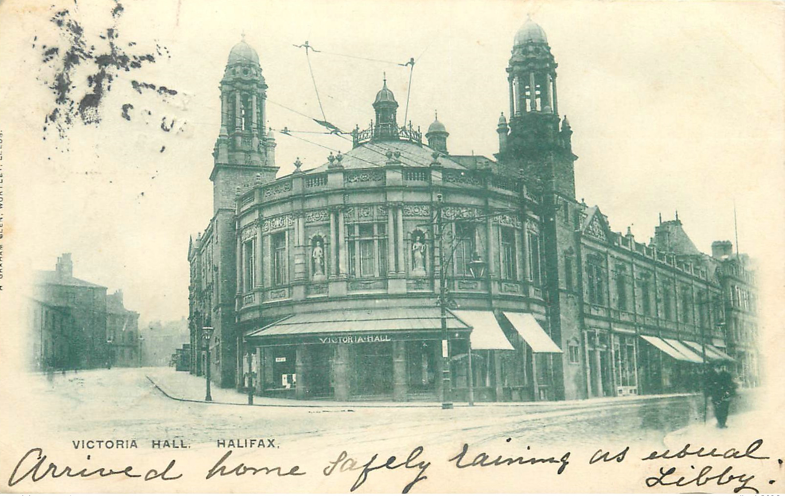
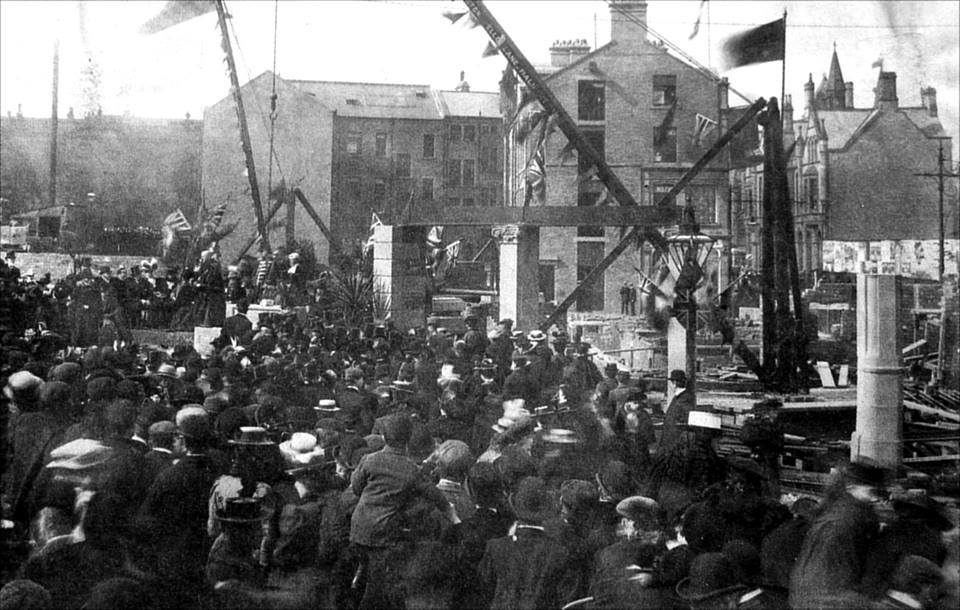

A Calderdale Diary
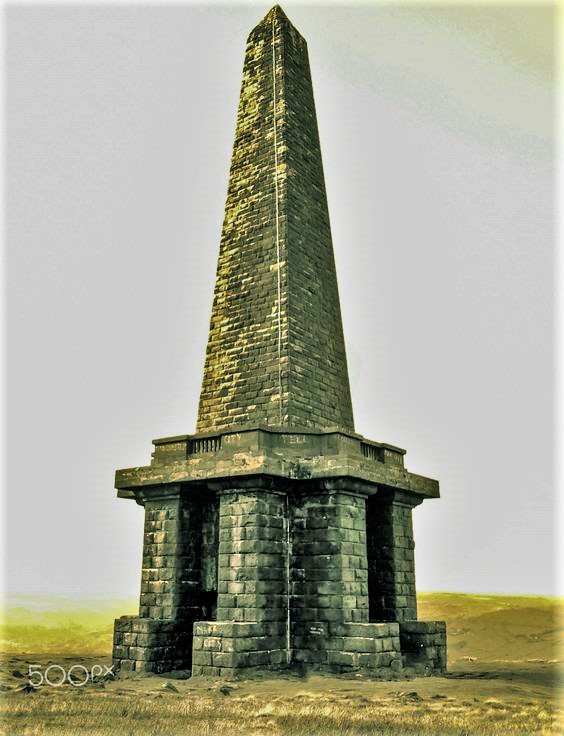
In 1808, Halifax Public Dispensary was opened. The original one was in Hatters Close and then moved to Dispensary Walk, near the Parish Church and then at Causey Head.
People living within 1 mile of the Halifax Cross were treated without any charge, but they had to be referred to the Dispensary by one of the subscribers.
In 1826, a surgical ward was opened in a cottage near the Dispensary. This had a few beds and operations were performed by a surgeon.
On 25th January 1836, an Infirmary was added to the Dispensary.
A new Dispensary was built by public subscription in Blackwall / Ferguson Street, opposite Holy Trinity Church.
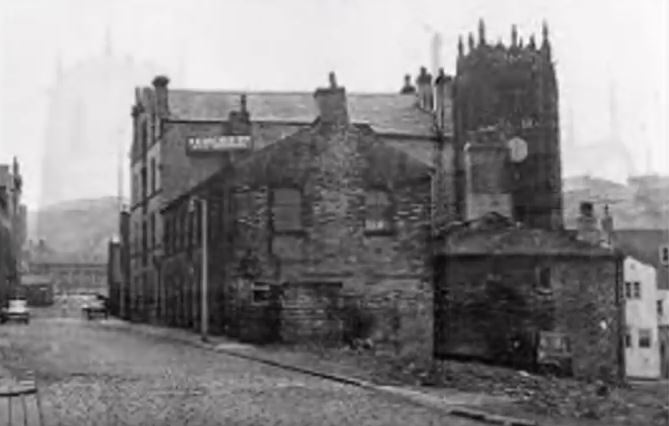
Dispensary Walk
If you have enjoyed your visit to this website, please spread the word by clicking the 'like' and 'share' buttons below. Thank you
